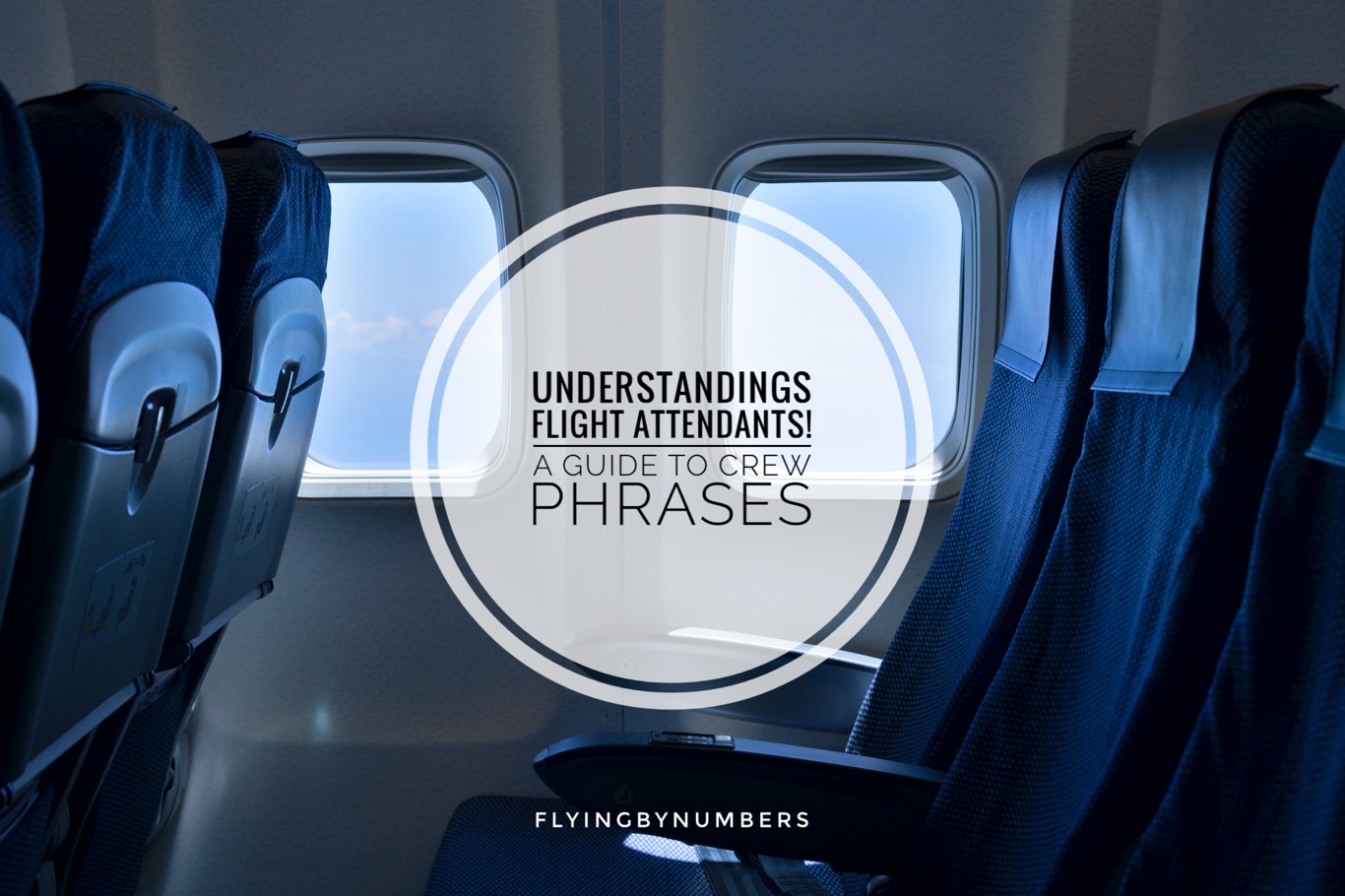When you enter the world of aviation, you will be greeted with a host of unfamiliar terms. For those browsing flight attendant job adverts or forums, or simply listening to friends in the industry, it can seem like cabin crew are speaking a different language!
From CJO’s to attestations… this blog post will clear up some unusual terms and acronyms. What is a Purser anyway? Let’s decode some of the most common flight attendant terms and explore what they actually mean.
What is the difference between flight attendants and cabin crew?
One of the most common questions we get asked is — what the difference is between flight attendants and cabin crew? In short, there is no difference! Male or female, the terms are interchangeable and refer to the same job, but vary in popularity around the world.
In Europe, it is more common to use the term cabin crew. In America, it is more common to use the term flight attendant. However, both terms are now significantly more common than the older expressions, Air hostess, and Steward.

Cabin crew may also be referred to as Purser or Head Flight Attendant, bringing us nicely onto our next most frequently asked question…
What is a Purser? (Flight attendants)
Purser is the name given to the most senior member of cabin crew on board, and is responsible for the running of the cabin. Sometimes known as Cabin Managers, Pursers will liaise with the Captain on all matters relating to the cabin, coordinate with ground staff during boarding and disembarkation, and ensure that safety procedures are followed in an emergency.
During the flight, they will be responsible for managing any customer service issues — hello drunk passengers! — and ensuring that everyone is comfortable. The Purser will also oversee the work of junior members of cabin crew.
What is a CJO flight attendant?
This flight attendant term is most commonly used in the United States. CJO stands for conditional job offer. CJO flight attendants have passed the airline interview stage, receiving an acceptance letter for the job as cabin crew, but are yet to begin employment.
Conditional simply means with strings attached:
What is cabin crew attestation?
Cabin crew attestation — known as a Certificate of Demonstrated Proficiency in the USA — is a certificate attained during the initial process of becoming a cabin crew member. To work as a flight attendant, you will need to have a valid certificate of attestation, to prove you have completed the relevant safety training required.
The certificate of attestation is issued by an approved training organisations, certified by aviation regulators such as EASA or the FAA, and proves that you have successfully completed all the necessary training requirements. It has a 5-year expiry from your last flight.
It is important to note that not all airlines require a certificate of attestation — you will simply have to undergo new entrant cabin crew training to obtain one. However, a certificate of attestation is always good to have as it demonstrates proficiency in the role of cabin crew, and minimises airlines training costs. This often means airlines prioritise cabin crew with a valid attestation over other candidates when applying for jobs.
What is deadheading flight attendant?
Deadheading is an aviation term sometimes known as positioning.
This is where a crew member is travelling on a flight either to or from work, but isn’t actually working as a flight attendant on that sector — e.g. because the company needs them in a specific location.
This situation usually occurs due to sickness, last-minute changes, or rostering anomalies.

Deadheading example:
Summary
So, there you have it! A quick guide to some of the most common terms used by cabin crew. Most terms are deceptively simple once you find out what they stand for, but there is a love of acronyms in aviation which can keep many people guessing.
We hope this has cleared up any confusion. Please let us know if there are any additional cabin crew terms you would like covered!





